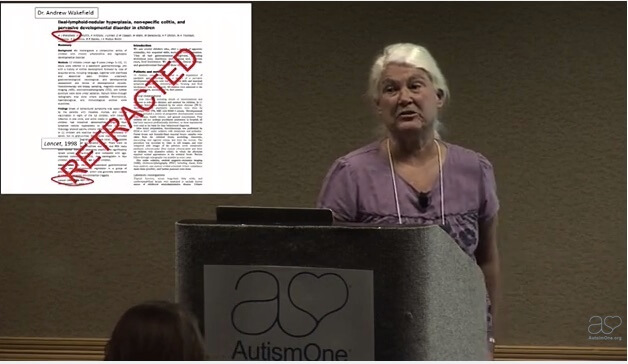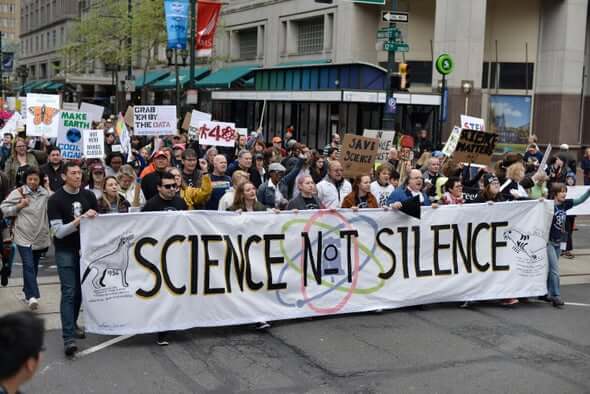Science journalism is plagued by several critical problems that jeopardize its credibility. If we want the public to be more science-minded, we have to correct these issues sooner rather than later.
Any time I see the phrase “according to fact-checkers” in a headline, I can’t help but roll my eyes. That’s because what follows the headline probably isn’t a “fact-check” but an opinion piece authored by someone pretending to be a journalist. This isn’t a new phenomenon. As my predecessor Dr. Alex Berezow argued several years ago,
Ultimately, fact-checking is a much more subjective enterprise than we would like it to be. Truth is real but sometimes difficult to ascertain, particularly when political ideologies and motivated reasoning are involved. To eschew these pitfalls, fact-checkers need to be keenly sensitive to such biases. Otherwise, fact-checkers will be seen as simply another manifestation of ‘fake news.’
As we now know, fact-checkers (and the media more generally) haven’t avoided these pitfalls. In the wake of COVID-19, they have become apologists for “the science,” defined as the federal government’s response to the pandemic. On the other side of the argument are (often conservative) commentators who find problems where there are none, especially when it comes to the coronavirus vaccines.
Since reporters are human and all humans are flawed, sloppy science coverage is inevitable to a certain extent. But the advocacy-as-journalism trend needs to be reversed before science media loses what remains of its dwindling credibility with the general public. We need to address four broad issues to get science journalism back on course.
Fair-weather science advocacy
The media happily promote sound science as long as the evidence comports with the their broader agenda. But if the facts run afoul of those political or social causes, they are summarily dismissed in the service of promoting ideology. The examples are legion [1], but here is perhaps the most recent, egregious case of fair-weather science advocacy:
While lecturing the public about the dangers of spreading “misinformation,” the Washington Post published an anti-pesticide article by Stephanie Seneff, an academic-turned-activist who has called the COVID-19 vaccines “extremely toxic” and works closely with Robert F. Kennedy, Jr.’s Children’s Health Defense (CHD). In early 2020, CHD posited that the pandemic was planned in advance and has consistently attacked the coronavirus shots.
Naturally, the Post’s collaboration with Seneff occurred just months before the paper boasted about “Debunking anti-vaxxer RFK Jr.’s claim about ‘suspicious’ coronavirus vaccine deaths.” If you asked me to satirize a major newspaper, I don’t know that I could have invented a story as preposterous as the truth in this instance. In any event, the media can’t credibly attack vaccine skepticism while platforming anti-vaccine activists. Hopefully, they’ll stop in 2022.

Conclusions in search of evidence
Over the last two years, the media have often reported conclusions as incontrovertible before all the facts were available. The debate over a lab-leak origin for SARS-CoV-2 may be the best example. In February 2020, everybody knew that the virus jumped from animals to humans at a wet market in Wuhan; to suggest otherwise was to demonstrate your racial bias. Only fringe senators from the sticks we’re foolish enough to challenge this accepted scientific wisdom.
But the narrative changed in May 2021, once the Biden Administration (rightly, in my view) called for a fuller investigation into the virus’s origins. Major news outlets had to edit the headlines on their lab-leak stories, and Facebook suddenly decided that users could openly discuss the idea. The about-face looks even worse in light of recent evidence that the US government has indeed funded bat coronavirus research at the Wuhan Institute of Virology.
We still don’t know where SARS-CoV-2 originated, but the fact remains: many reporters, following some in the science community, reached a premature conclusion before the evidence was in. Worse, they clearly allowed government policy to dictate the boundaries of acceptable opinion. That’s a serious mistake in any setting, but it’s especially troubling in light of the public’s well-documented disdain for US media.

Nuance? What’s nuance?
Science reporting often lacks nuance. In line with our politicized culture, the media like to identify individuals and organizations as heroes or villains, chemicals as dangerous or safe, and certain viewpoints as good or evil. For example, masking is good, mask mandates are even better and, again, only “anti-science politicians” are brazen enough to claim otherwise, as Scientific American alleged in September.
The truth is more complicated, though. Masking, while important in certain contexts, has serious limitations that publications like SciAm have done everything they can to minimize. Vaccine skeptics have the same absolutist outlook on COVID shots. Pfizer has paid billions of dollars in fines for engaging in shady marketing practices; therefore, you shouldn’t get a COVID vaccine, the argument goes.
In neither example is the certainty justified. Pointing out the limitations of masking doesn’t make you “anti-science,” nor is Pfizer’s vaccine dangerous just because of the company’s undeniably checkered past. All medical interventions have limitations, masking included. Pharmaceutical companies can develop life-saving drugs and engage in shady business practices at times. The public would be better served by a media class that could tolerate that sort of nuance.
Cheerleaders for censorship
Many journalists have expressed enthusiastic support for online censorship during the pandemic. A lot could be said here, but the most important point for now is that speech restrictions aimed at “misinformation superspreaders” inevitably silence reliable scientific voices, too. This often prevents experts from counteracting the nonsense that proliferates across the internet. We’re on the cusp of a very dangerous precedent. Hopefully, the campaign for social media censorship will lose momentum in the coming year.

Conclusion
The media often advance simplistic narratives about very complex topics. That’s troublesome because it distorts the public’s understanding of those issues, but more so because it distorts how people approach scientific questions more generally. News outlets that distort evidence to suit an agenda give everybody else the perfect excuse to do the same.
If we want a scientifically literate population that consistently checks its beliefs against the facts, we in science media have to practice what we preach.
Cameron J. English is the director of bio-sciences at the American Council on Science and Health. All opinions and views expressed are his own. You can visit his website here
A version of this article was originally posted at American Council of Science and Health and has been reposted with permission. Find on American Council of Science and Health on Twitter @ACSHorg































